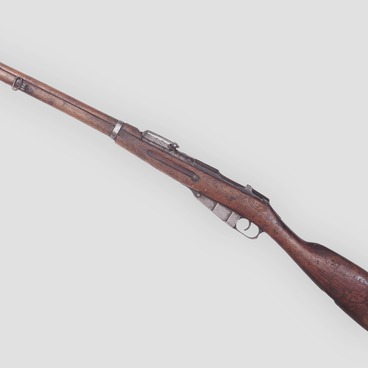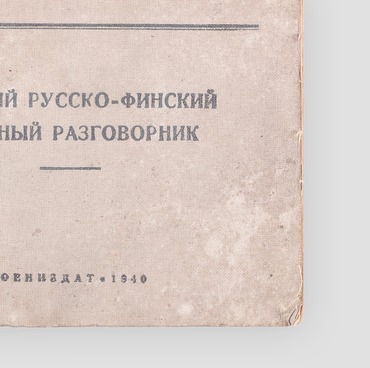During the Second World War, many armies used bicycles to compensate the lack of motored vehicles for troop transportation. In wartime, bicycles were a regular means of transportation in the Red Army, the Wehrmacht, the armies of Finland, Poland, France, Italy, and others.
Bicycles were actively used by the Finnish army from the early 1920s. By 1941 the number of these vehicles in the army exceeded 7,000 units, and after the outbreak of hostilities, another 10,000 were purchased from civilians. In 1942, all bicycles in Finland were mobilized for the needs of the military, and their number in the armed forces increased dramatically.
It should be noted that there was a large variety of bicycles in the Finnish Army — issued by the military, bought from civilians, produced locally or imported.
Bicycles were mostly used by the Finnish rangers. In the summer they rode bicycles, and in the winter, they used skies as their means of transportation. This allowed the Finnish rangers to stay highly mobile and quickly move from one location to the next, regardless of both weather and terrain. In addition, each infantry battalion had its own Jaeger unit, responsible for reconnaissance and counterattacks.
The Karelian Front Museum exhibits an original Finnish army bicycle with a serial number 183480. The bike has a full set of original components: tires made by Nokia, a seat, handlebars, straps for attaching equipment, a pump for wheels and a tool box. There is a small stamp “SA” (“Suomen Armeija” — Finnish Army) on the top of bicycle fork, which confirms the use of the bike by army units. The bicycle has a reliable frame and a sturdy rack capable of transporting heavy loads. Special plates were fixed on the steering wheel, allowing the rider to place items useful in the field. The bicycle is also equipped with straps for attaching additional items to the frame.
These bicycles can be seen in photos taken on
October 12, 1941, in occupied Petrozavodsk during a Finnish military parade,
where Finnish Jaeger units also took part.


